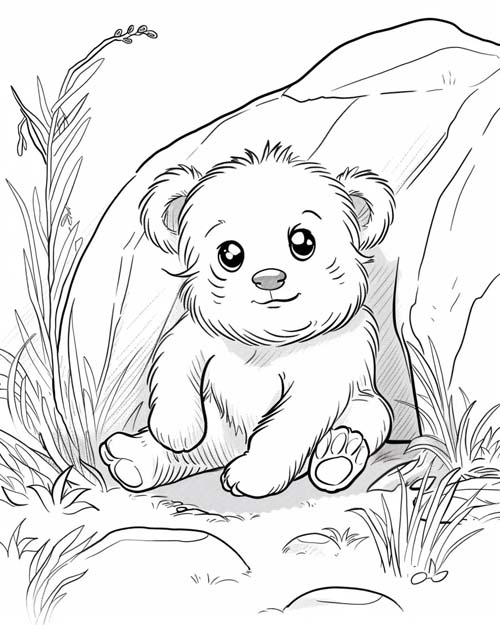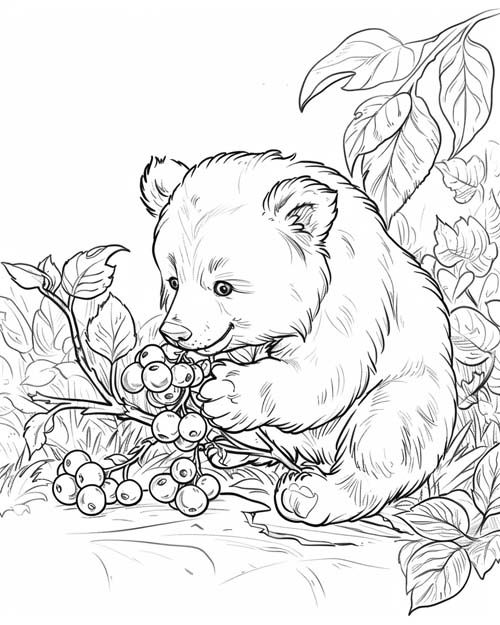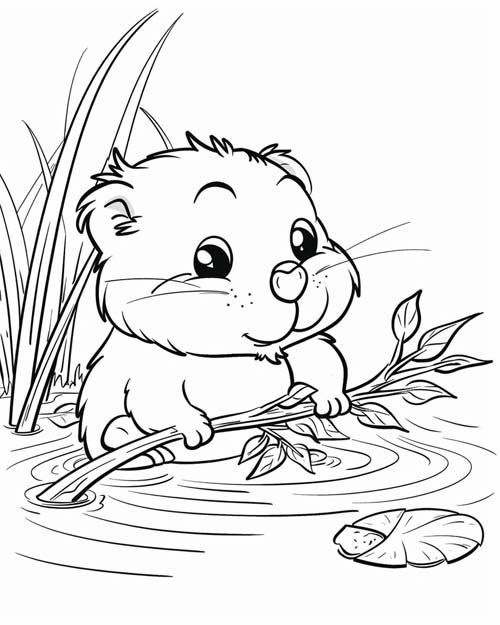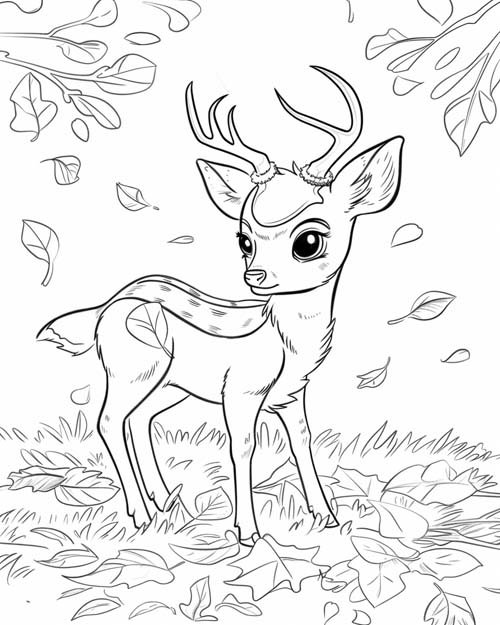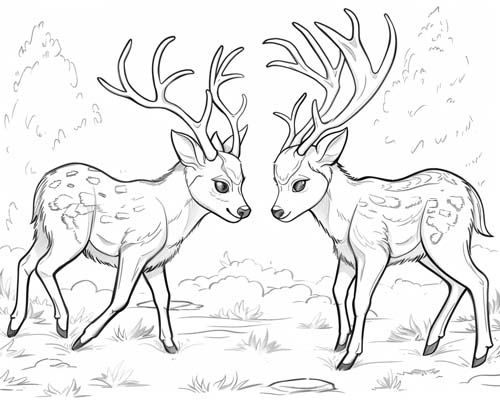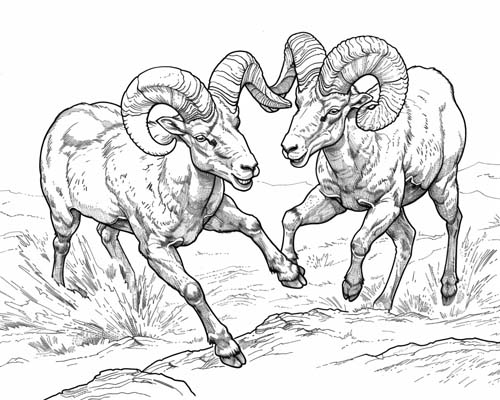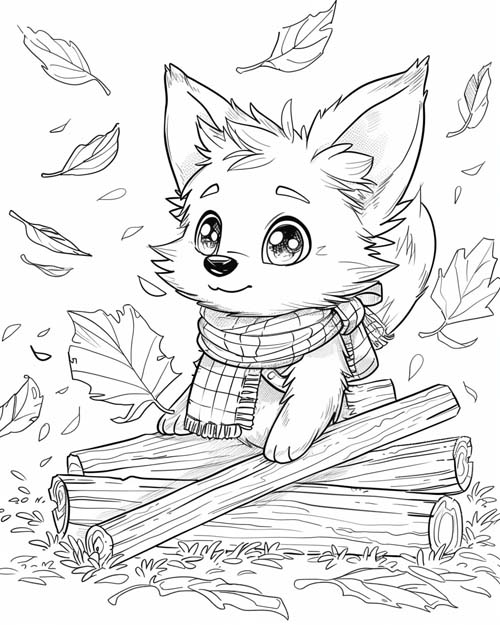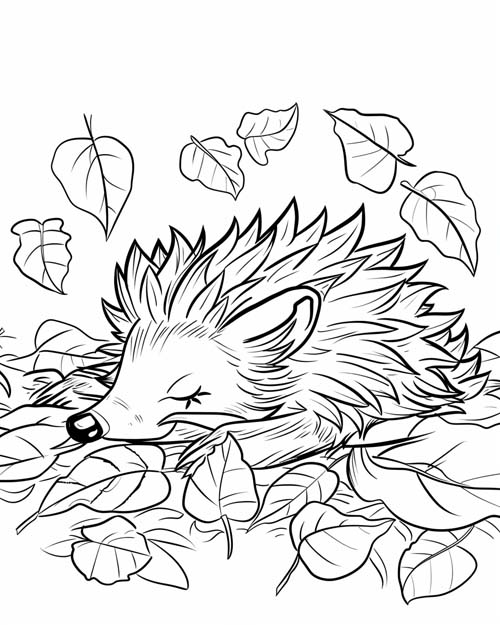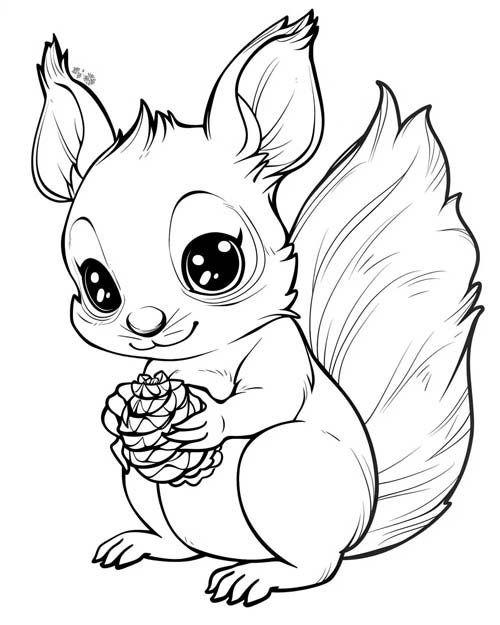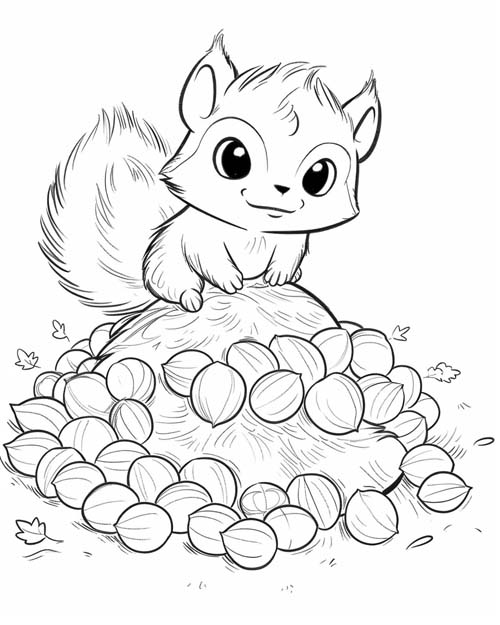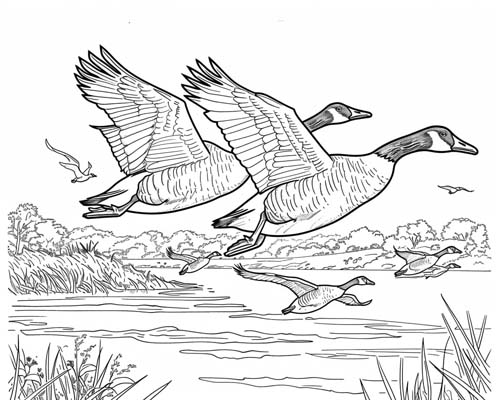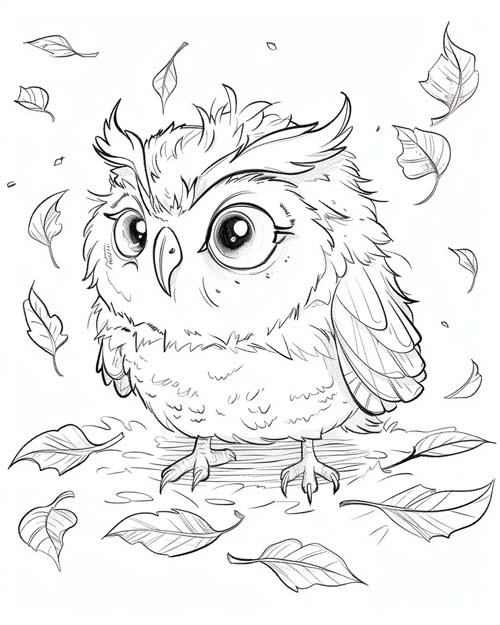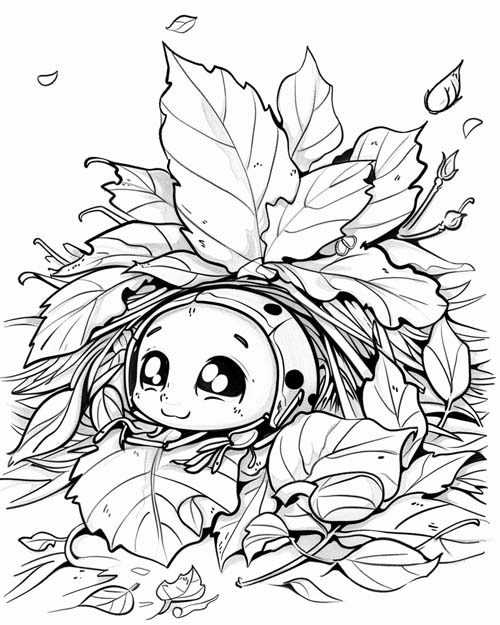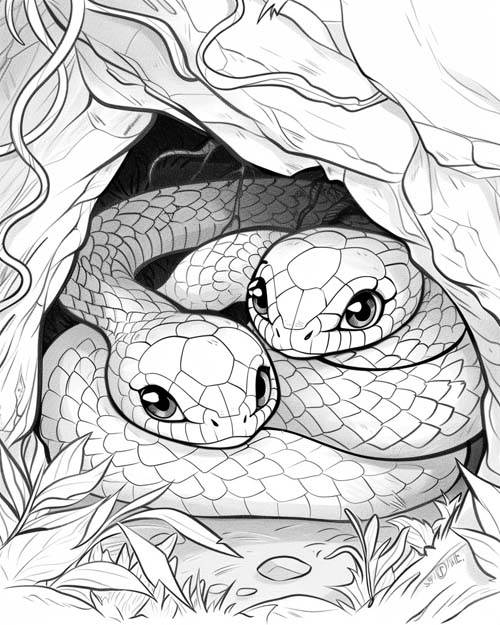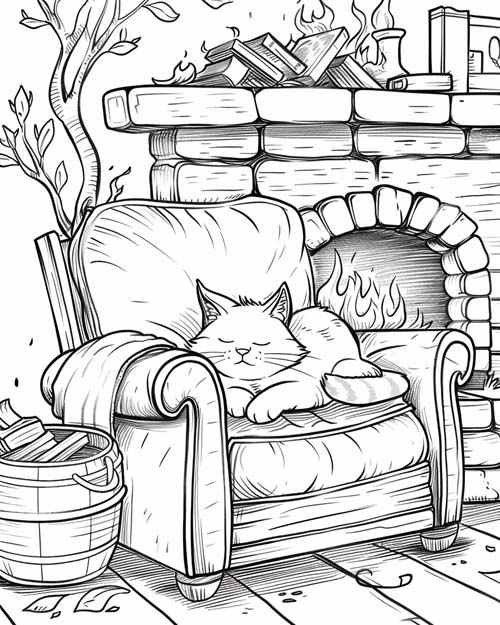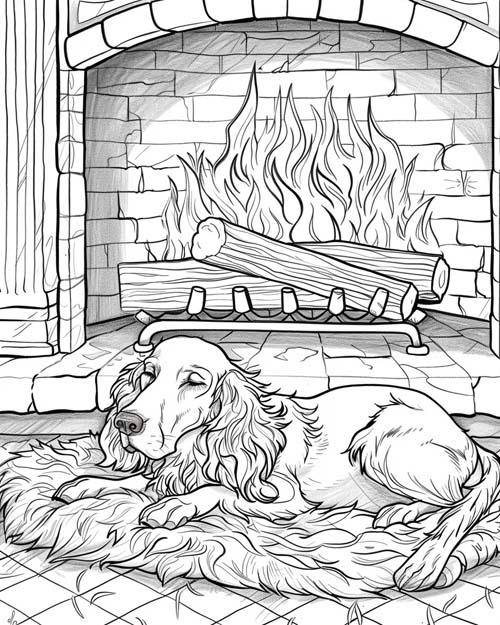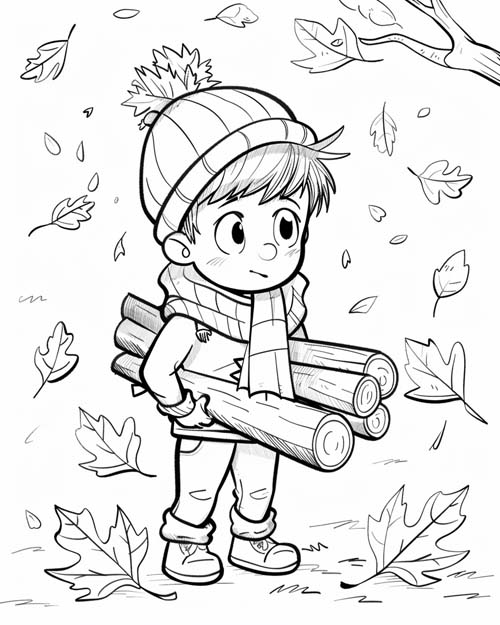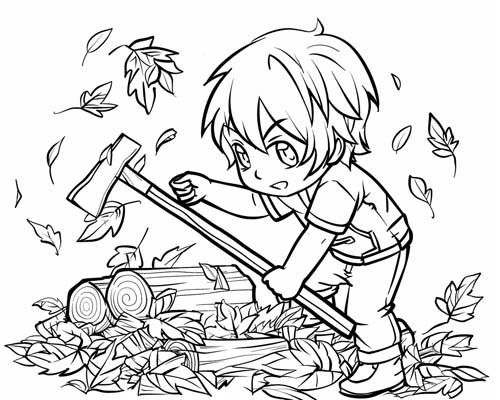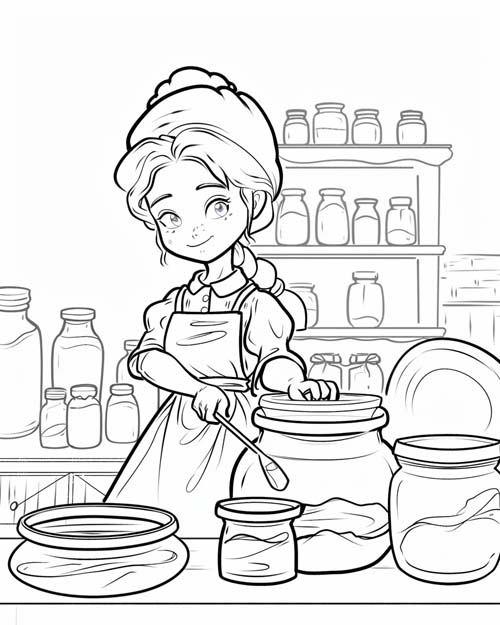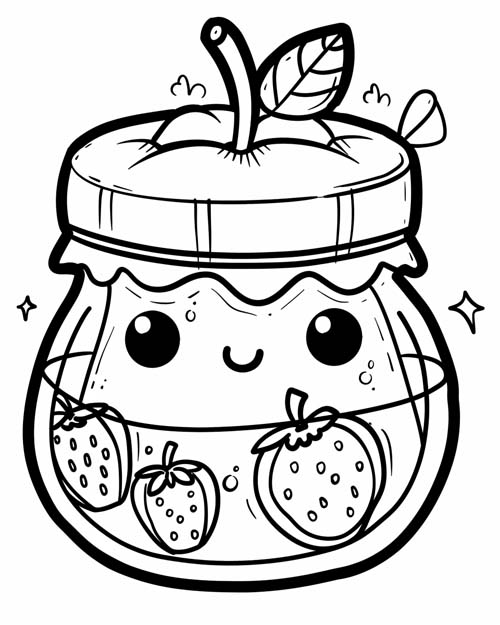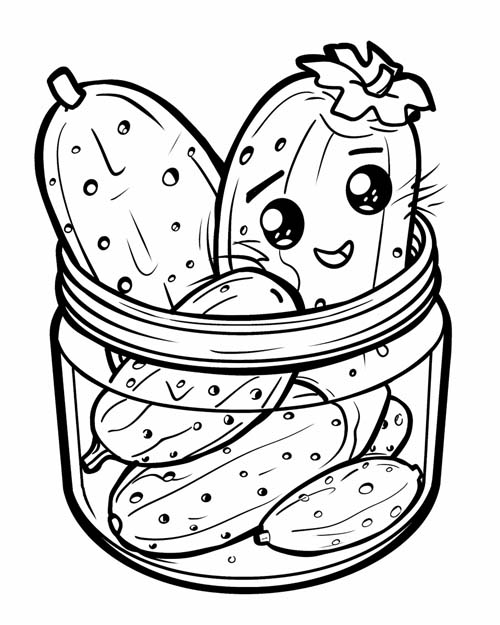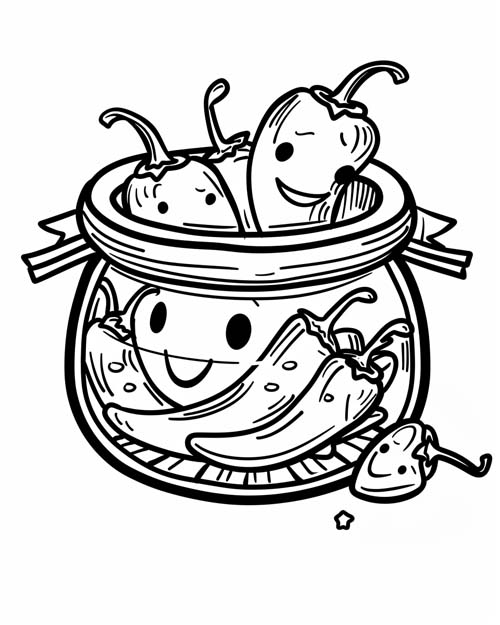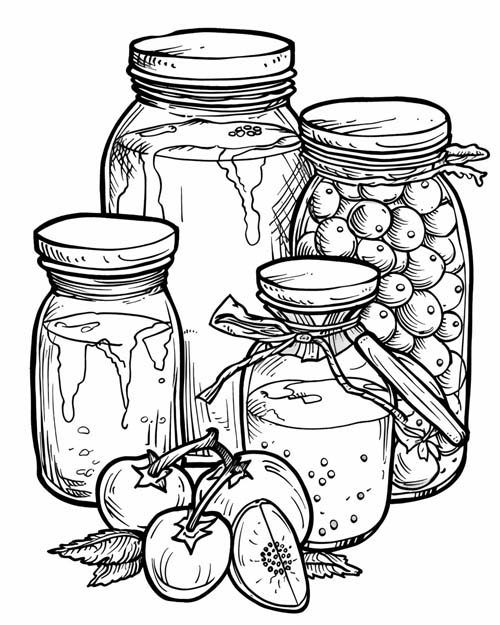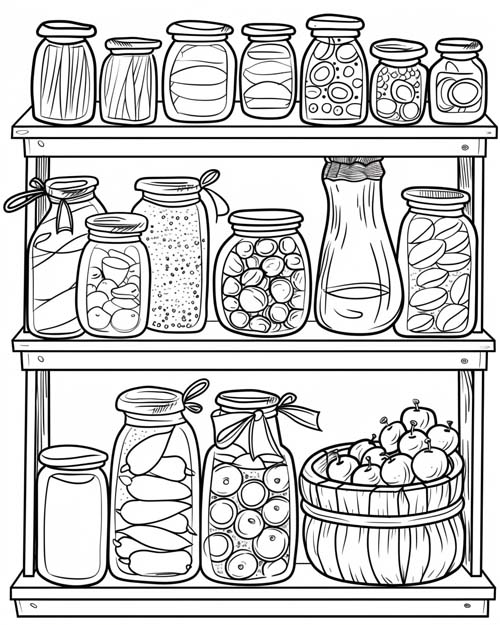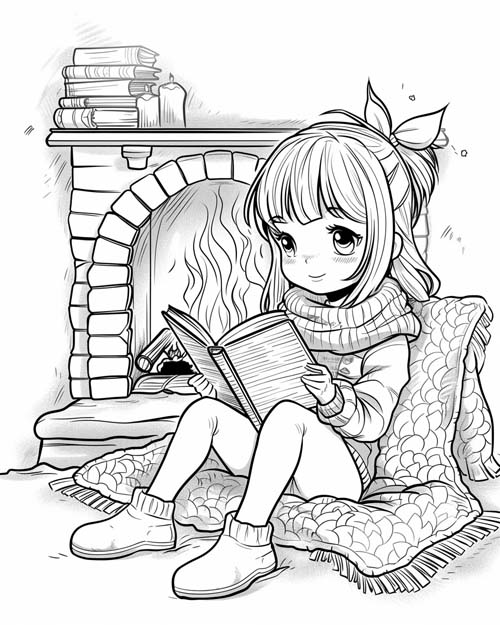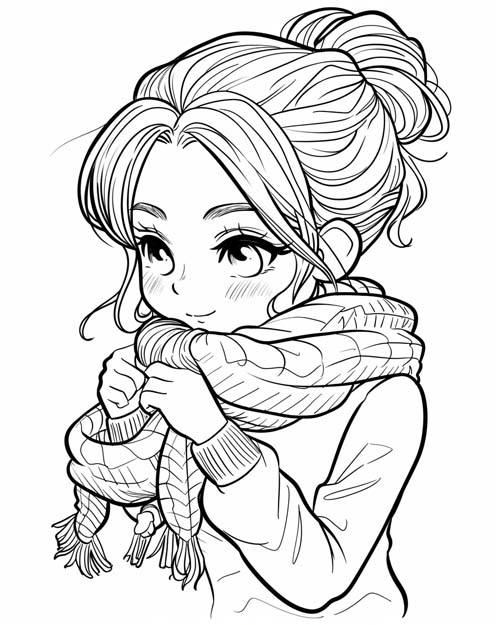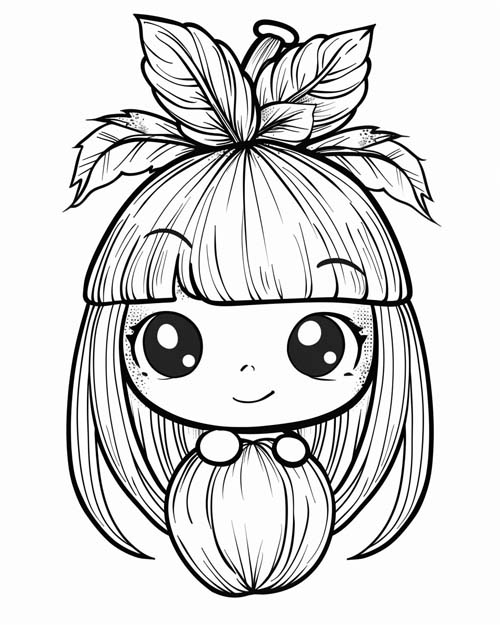Free, Printable Coloring Pages
Preparing for Winter Coloring Pages
Welcome to our Preparing for Winter coloring pages section!
As the days grow shorter and the air turns crisp, animals and people alike get busy preparing for the cold months ahead. November is a “last call” for many creatures. Some gather food, others migrate to warmer places, and some start settling into cozy shelters where they’ll spend the winter. Just like animals, humans also have long traditions of storing food, making warm clothes, and getting ready for winter’s chill. These coloring pages show how nature and people adapt to the changing season.
Animals Preparing for Winter:
Black Bears
By November, black bears are searching for or settling into dens, often caves or hollowed-out trees.
Once inside, they enter a deep sleep called torpor, where their heart rate and breathing slow, allowing them to conserve energy until spring. Pregnant females are usually the first to enter, preparing to give birth during the long winter months.
Grizzly Bears
In November, salmon runs are long over, so grizzly bears turn their attention to late-ripening berries. Bears need to eat a lot before winter, sometimes more than 20,000 calories a day!
They wander through forests and meadows, gobbling up every berry they can find to build up fat for hibernation. By the time snow begins to fall, they are ready for their long winter sleep.
Beavers
Beavers are some of the busiest animals in autumn. Before ice forms, they repair their lodges and dams to ensure safe shelter. They also stash leafy branches underwater near their lodge entrances, creating a winter pantry of food they can easily reach without leaving the safety of their home.
Deer Buck
A young buck (male deer) in November is easy to spot with his first small antlers, often just little spikes or short forks. He left his mother at about a year old during the summer, and now he is starting life on his own in the fall. Usually traveling alone or keeping to the edges of other deer groups, he’s learning how to live independently while the older bucks are busy showing their strength and competing for attention.
Deer
In the fall, grown male deer compete with each other to show who is the strongest. They clash antlers, push, and spar in dramatic battles that can be seen in fields and forests. This competition decides which bucks will earn the right to mate with the does, and it’s also a way for the deer to test their strength and endurance. These autumn contests are an important part of deer life and a powerful sight to see in nature.
Rams
In the fall, rams start showing off their strength and skill as the breeding season begins. Their thick, curved horns are a sign of age and experience, and males may gently clash with each other to test their power. These friendly contests help establish hierarchy without serious injury.
Fox
Red foxes and most other fox species grow a thicker, denser winter coat in the fall to keep warm during the colder months. Their fur becomes softer and fluffier, especially around the neck, chest, and tail, which they can wrap around themselves like a scarf at night. Foxes also spend more time hunting and storing food as winter approaches, and they may seek out sheltered spots like fallen logs, dense brush and rock outcroppings to stay cozy.
Hedgehogs
In autumn, hedgehogs start building leaf nests to prepare for winter. They gather dry leaves, grass, and other soft plant material to create a warm, insulated shelter. These nests are usually hidden under hedges, shrubs, or fallen logs, providing protection from wind and predators. Once the nest is ready, the hedgehog will settle in and eventually hibernate, relying on the insulation to stay safe through the cold months.
Squirrels
Squirrels spend autumn frantically gathering acorns, pinecones, and other nuts. They bury them in the ground or stash them in tree hollows, building up hidden food stores they can return to later. Their sharp memory (and sense of smell) helps them find these caches, even under snow.
Chipmunks
Chipmunks take a slightly different approach from squirrels. Instead of staying active all winter, they sleep in underground burrows lined with leaves and grasses. But they don’t hibernate completely, they wake up now and then to snack on the seeds and nuts they carefully stored in their tunnels.
Geese
Flocks of geese take to the skies in their familiar V-shaped formations. November is peak migration time, as they head south in search of open water and food sources. Their loud honking helps the flock stay together, and the formation allows them to fly farther with less effort.
Owls
Owls don’t grow “thicker” feathers in the same way mammals grow extra fur, but they do replace old feathers with fresh ones during their annual autumn molt. By November, their feathers are usually in top condition, which helps with insulation and silent flight.
Some owls fluff up their feathers more in cold weather to trap air for extra warmth.
Woodpeckers
Woodpeckers prepare for winter by caching food. They wedge seeds, nuts, and even insects into tree bark or hollows, creating a natural pantry to visit later. Their strong beaks allow them to store hundreds of items in a single tree, ensuring they won’t go hungry when snow covers the ground.
Ladybug
Ladybugs find sheltered places to overwinter, such as under bark, in leaf piles, or even inside houses. They cluster together in large groups, which helps them stay warm through the coldest months. In some regions, thousands of ladybugs can gather in one spot.
Snakes
In October or November, snakes head underground into dens called hibernacula. Often, dozens or even hundreds of snakes gather together in these safe spots, sharing warmth and protection from the cold. They remain inactive until temperatures rise again in spring.
Cat by the Fireplace
As the days grow shorter and cooler, cats love to curl up in warm, cozy spots. A soft chair by the fireplace is the perfect place for a long nap, keeping safe and snug while the wind blows outside.
Dog After an Autumn Walk
After a crisp autumn walk, dogs often settle down for a long, peaceful sleep. A cozy spot by the fireplace helps them rest and warm up, ready to play again when the next adventure calls.
Humans Preparing for Winter:
Gathering Wood
Before modern heating, gathering firewood was one of the most important tasks of autumn. Families collected fallen branches or cut down trees, hauling the wood back home to keep for burning.
Having enough wood meant security and warmth through long winter nights.
Chopping Wood
Once collected, wood had to be chopped into manageable pieces. This task, often shared by the whole family, ensured the fire would burn steadily in stoves and fireplaces.
Stacked woodpiles beside houses were a familiar sight each November.
Making Jam
Fruits gathered in summer and autumn were often turned into jam, boiled with sugar and sealed into jars. These preserves provided sweetness during the long winter months, when fresh fruit was scarce. The bright jars also added cheer to dark days.
Pickling Produce
Vegetables like cucumbers, carrots, and cabbage were pickled in brine or vinegar to last the winter. Pickling not only preserved food but added important flavor and variety to winter meals when little else was fresh.
Storing Preserves
Canned jars of fruit, jam, and vegetables were carefully stored in cool cellars or pantries. Families often took pride in rows of neatly sealed jars, knowing these stores would help them through the cold season.
Cozy Reading by the Fire
As the days grow shorter and the sun sets earlier, it’s the perfect time to curl up with a soft blanket by the fire. Reading a favorite book keeps you warm and entertained while the chilly autumn evening settles in outside.
more Cozy Indoors coloring pages >
Warmer Clothes
As the air turns crisp, people knit and crochet cozy scarves, mittens, and socks to stay warm. At the same time, heavier coats, boots, hats, and other winter clothing come out of closets, ready for chilly days. Handmade or store-bought, these items keep everyone snug while adding a touch of care and comfort to the season.
and... last... a cute little nut girl for no good reason!
